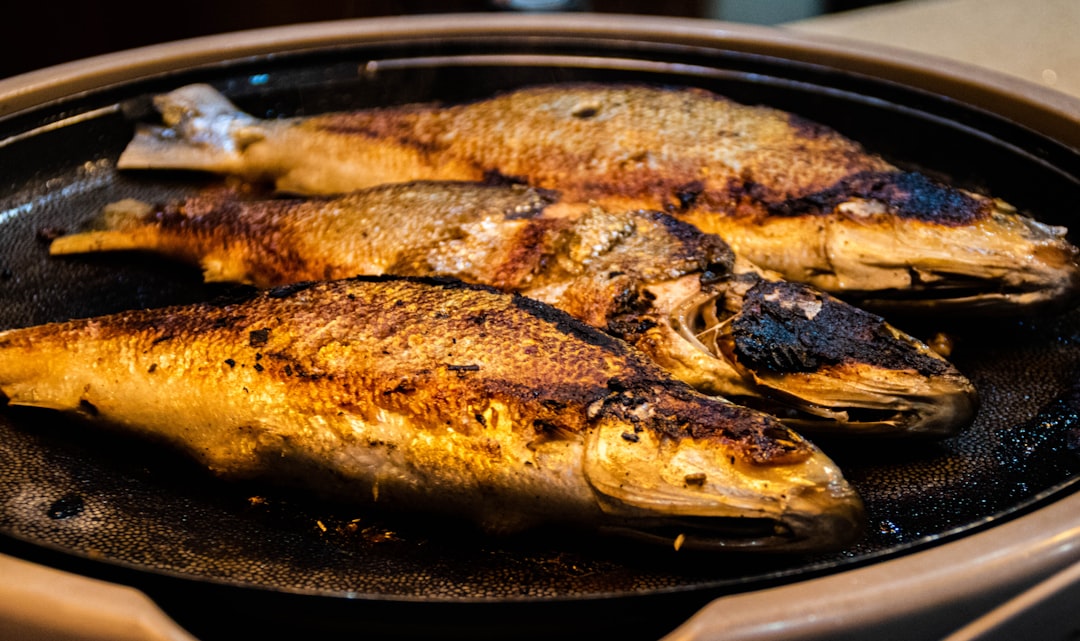Unveiling the Delightful World of Pierogi: A Family Heirloom Recipe

Pierogi, those delectable dumplings, have a rich and storied history that traces back to both Ukraine and Poland. These culinary gems vary significantly from region to region, boasting a diverse array of doughs and fillings that reflect the unique cultural heritage of each area. Today, we are excited to share a special recipe that has been passed down through the generations, courtesy of food editor Annie Peterson's great - grandmother.
The origins of pierogi are deeply rooted in the agricultural traditions of Eastern Europe. In the old days, pierogi were a practical and economical way to use up leftover ingredients. The dough, typically made from simple ingredients like flour, water, and sometimes eggs, provided a sturdy vessel to hold a variety of fillings. These fillings could range from savory options like potatoes, cheese, and onions to sweet combinations such as fruits and cottage cheese.
Let's start by delving into the dough. The dough for pierogi is the foundation of this dish. For this recipe, you will need 2 1/2 cups of all - purpose flour, 1/2 teaspoon of salt, 1 egg, and 3/4 cup of warm water. Begin by sifting the flour into a large bowl. Add the salt and make a well in the center. Crack the egg into the well and slowly start incorporating the flour from the edges. As you mix, gradually add the warm water, a little at a time. Knead the dough on a floured surface for about 10 - 12 minutes until it becomes smooth and elastic. Cover the dough with a clean cloth and let it rest for at least 30 minutes. This resting period allows the gluten in the flour to relax, making the dough easier to roll out.
Now, let's move on to the filling. The potato filling is a classic choice for pierogi. To make it, you will need 3 large potatoes, 1/2 cup of shredded cheddar cheese, 1/4 cup of chopped onions, 2 tablespoons of butter, and salt and pepper to taste. Start by peeling and boiling the potatoes until they are tender. Drain the water and mash the potatoes with a potato masher. In a small skillet, melt the butter and sauté the onions until they are translucent. Add the cooked onions to the mashed potatoes, along with the shredded cheese, salt, and pepper. Mix well until the cheese is melted and the filling is evenly combined.
Once the dough has rested, it's time to roll it out. Sprinkle some flour on a clean surface and roll the dough into a thin sheet, about 1/8 inch thick. Use a round cutter or a glass to cut out circles from the dough. Place a small spoonful of the potato filling in the center of each circle. Fold the dough over the filling to form a half - moon shape and press the edges together firmly to seal the pierogi. You can use a fork to crimp the edges for a decorative touch.
After all the pierogi are formed, it's time to cook them. Bring a large pot of salted water to a boil. Gently lower the pierogi into the boiling water, being careful not to overcrowd the pot. Stir the pierogi gently with a wooden spoon to prevent them from sticking together. Cook the pierogi for about 3 - 5 minutes, or until they float to the surface. Once they are cooked, use a slotted spoon to remove them from the water and transfer them to a plate lined with a paper towel to drain.
Pierogi can be served in a variety of ways. One popular way is to sauté them in a pan with some butter until they are golden brown on the outside. You can also top them with sour cream, chopped chives, or bacon bits for an extra burst of flavor. Another option is to serve them with a side of borscht, a traditional Eastern European beet soup, for a complete and satisfying meal.
The beauty of pierogi lies in its versatility. You can experiment with different fillings to suit your taste preferences. For a sweet variation, you can make a filling with mashed strawberries and cream cheese. Or, for a more savory twist, you can try a filling with ground beef, mushrooms, and garlic. Each region has its own signature pierogi recipes, and exploring these variations is like taking a culinary journey through Eastern Europe.
In conclusion, pierogi are not just a delicious dish; they are a symbol of family, tradition, and cultural heritage. This recipe from Annie Peterson's great - grandmother is a wonderful way to bring the flavors of the past into your modern kitchen. Whether you are a seasoned cook or a beginner in the kitchen, making pierogi is a fun and rewarding experience that will surely delight your taste buds and create lasting memories with your loved ones.